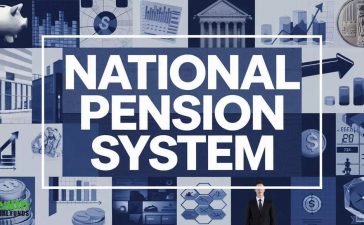
Economic Growth Expectations
Barraud projects that regardless of the election outcome, US GDP growth is likely to accelerate. He cites current uncertainties, which have caused corporations to hesitate on significant capital expenditure and hiring decisions. Barraud forecasts the US economy will grow by 2.7% in 2024, exceeding the consensus estimate of 2.6%, and by 2.1% in 2025, above the predicted 1.8%.
Potential Scenarios Post-Election
Barraud outlines three potential scenarios based on election results:
- Harris Wins with Divided Congress: In this scenario, he anticipates minimal changes to economic policies, leading to a status quo.
- Trump Wins with Divided Congress: Here, Trump would be limited in his ability to implement tax cuts for households and corporations. He would likely focus on foreign policy, particularly trade restrictions, which could negatively impact global growth and have a neutral short-term effect on US GDP.
- Trump Wins with Republican Sweep: Barraud considers this scenario the most likely outcome. If Republicans gain control of both the Senate and the House, Trump could push for significant tax cuts, positively impacting GDP growth in 2025, estimated to be between 2.1% and 2.3%.
Concerns Over the Deficit
While Barraud sees potential for short-term economic benefits under a Trump administration, he warns of significant long-term risks, particularly concerning the federal deficit. He highlights that if Trump implements tax cuts without finding other revenue sources, it could exacerbate the deficit situation.Barraud’s analysis suggests that the yield on the 10-year Treasury bond could jump to 4.5% shortly after a Trump victory, potentially reaching 5% as Trump’s policies unfold. He estimates that if Trump does not gain a congressional majority, the yield might rise to around 4.35%, but if he achieves a Republican sweep, it could escalate to 5%, driven by increased risk premiums from investors.
Methodology Behind Predictions
Barraud attributes his forecasting success to a structured approach. He employs a three-step methodology: collecting the latest economic and financial data, determining key signals through backtesting, and refining predictions using additional models to address risks. His current election forecasting includes tracking multiple betting markets to assess likely outcomes.
Competitive Forecasts and Opinions
Various analysts have weighed in on the election landscape. Nate Silver, a respected statistician known for accurate presidential predictions, leans toward a Trump victory with a 53.1% probability. Conversely, Allan Lichtman, an election historian, believes Kamala Harris holds an edge based on his “Keys to the White House” model, which evaluates several factors related to the incumbent party’s strength.
As the election nears, analysts are closely monitoring polling data. Most recent polls indicate a competitive race, with Trump leading in several key aggregates. However, analysts caution against overreliance on predictions and emphasize the uncertainty inherent in electoral outcomes.









